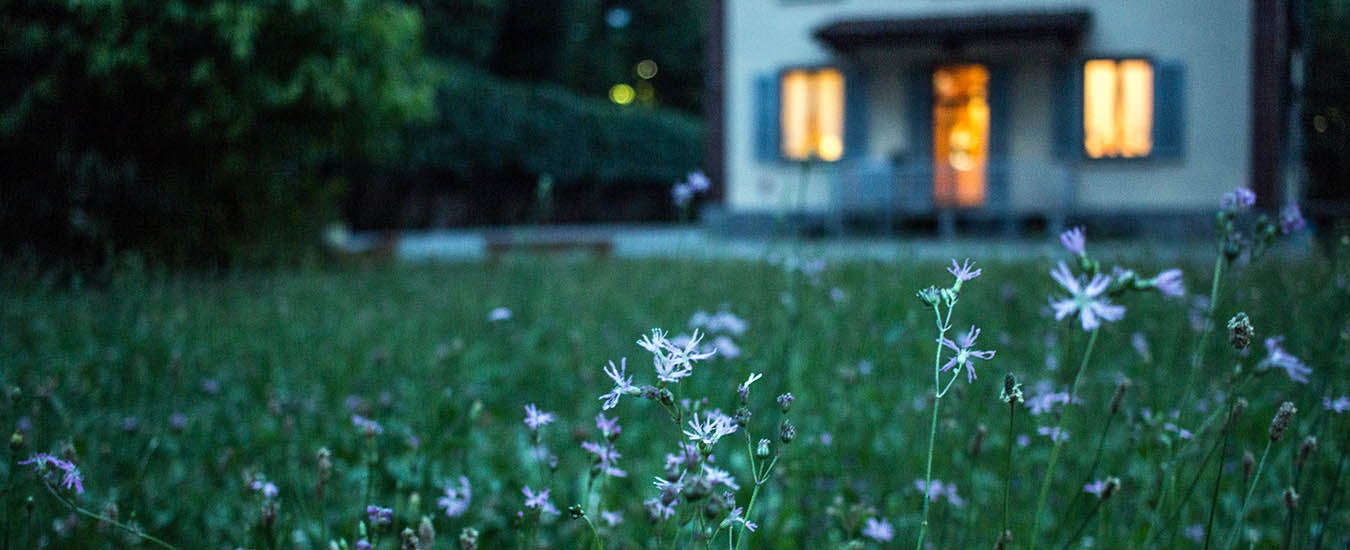The piping plover, the harlequin duck and the roseate tern are all species at risk in Atlantic Canada.
The piping plover can be found nesting on lakeshores, river sandbars, and seashores in three areas in North America - along the Atlantic coast from Newfoundland to South Carolina, on the American shores of the Great Lakes (Michigan), and throughout the Great Plains (from the Prairie provinces in Canada to Nebraska). About two per cent of the world's piping plover population is found in our region, 510 adults at last official count.
A cousin of the larger killdeer, these plovers are small birds, about the size of a bluebird, and are distinguishable from other small plovers by their orange legs. They nest along the Atlantic coast on sandy or gravel-sand beaches, which are susceptible to changing water levels, plant encroachment, and human interference. Gulls, crows, raccoons, foxes, and skunks are a threat to the eggs and falcons may prey on the birds. All-terrain vehicles, swimmers, hikers, and beachcombers often disturb the birds, or destroy their nests.

The harlequin duck is a relatively uncommon sea duck, especially in the Atlantic region. Its colouring is dramatic and the English name is taken from characters in Italian comedy who wear a mask and have an oddly painted costume. Harlequin ducks are also called sea mice or squeakers because of their mouse-like call, and painted ducks because of their plumage. They are about half the size of a mallard.
Harlequin ducks locate their nests by fast flowing, freshwater streams. During breeding season they feed by diving to the bottom and walking against the current, searching the streambed for the larvae of flying insects such as blackflies and midges. They spend the winter along remote Atlantic seashores searching for small crabs, mussels and fish eggs.This species may be at risk at least partly because of the loss of their breeding grounds in Labrador and Quebec where rapid streams are affected by industrial development. These once remote areas are increasingly being developed into hydro dams, mines and access roads. Pollution and changes to water quality may also be a factor. Even their winter habitat is vulnerable to oil and chemical spills, discharge, littering and human encroachment. It is now illegal to hunt harlequin ducks in the Atlantic provinces.
The roseate tern is a delicate bird with streaming tail feathers, slender body and long pointed wings. It is closely related to the common and Arctic terns and is often found in mixed flocks. With a total world population of about 50,000 pairs, the roseate tern is not considered endangered globally. However, only three per cent of the population breeds in Canada and the total estimate is 140 pairs, concentrated on a few islands off the Atlantic coast of Nova Scotia.
The birds hide their nests and young, but are still vulnerable to gulls, crows and ravens. The explosion of the gull population in the 20th century has created a two-fold problem for this tern. The gulls prey on eggs, chicks, and fledglings, and also take over nesting areas established by terns, forcing them to search for other ever-decreasing suitable habitat.
How can you help?
Contact one of the many organizations that work for this cause:
Bird Studies Canada, Canadian Wildlife Service, Canadian Nature Federation, Canadian Wildlife Federation, Ducks Unlimited Canada, The Nature Conservancy of Canada, Wildlife Habitat Canada, World Wildlife Fund Canada.
